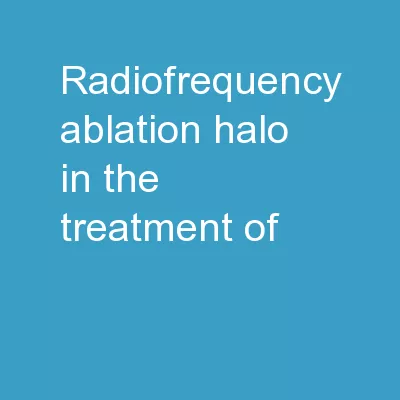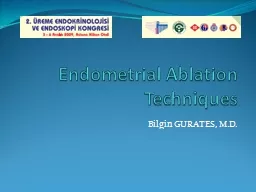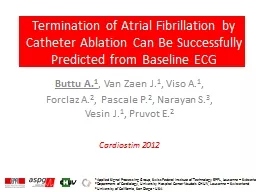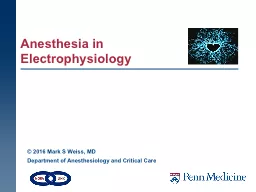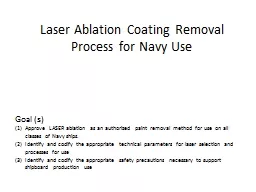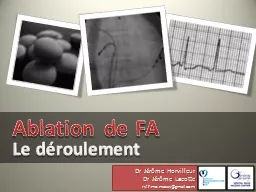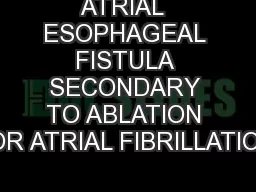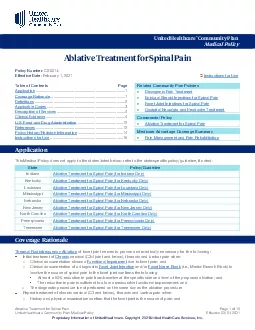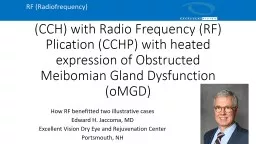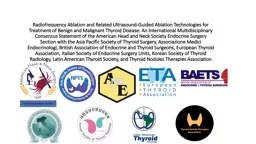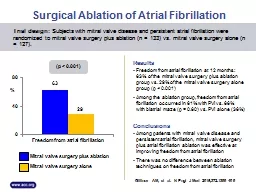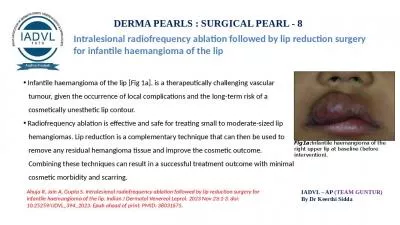PPT-Radiofrequency ablation (HALO) in the treatment of
Author : liane-varnes | Published Date : 2019-02-06
O esophag eal Dysplasia Bristol Royal Infirmary MBoal D Titcomb 2217 Background 513 patients with GORD develop Barretts Oesophagus BO 6486 oesophageal adenocarcinoma
Presentation Embed Code
Download Presentation
Download Presentation The PPT/PDF document "Radiofrequency ablation (HALO) in the tr..." is the property of its rightful owner. Permission is granted to download and print the materials on this website for personal, non-commercial use only, and to display it on your personal computer provided you do not modify the materials and that you retain all copyright notices contained in the materials. By downloading content from our website, you accept the terms of this agreement.
Radiofrequency ablation (HALO) in the treatment of: Transcript
Download Rules Of Document
"Radiofrequency ablation (HALO) in the treatment of"The content belongs to its owner. You may download and print it for personal use, without modification, and keep all copyright notices. By downloading, you agree to these terms.
Related Documents

